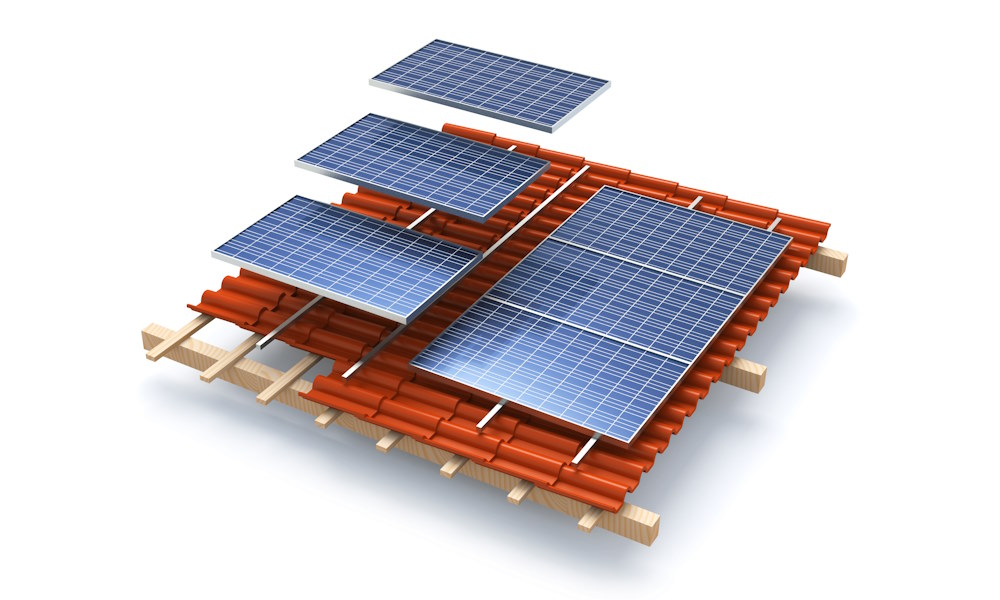The global pursuit of alternative energy sources has gained momentum as societies seek sustainable and cleaner alternatives to traditional fossil fuels. Alternative energy, also known as renewable or green energy, encompasses a diverse array of sources that harness natural phenomena to generate power without depleting finite resources or emitting harmful greenhouse gases.
Embracing Renewable Energy
Solar Power
Solar energy, derived from the sun’s rays, is one of the most abundant and accessible forms of alternative energy. Photovoltaic panels convert sunlight into electricity, offering a clean and renewable power source for homes, businesses, and entire communities.
Wind Energy
Harnessing the kinetic energy of wind through wind turbines has become a significant contributor to global energy production. Wind farms, both onshore and offshore, capture wind power and convert it into electricity without producing emissions.
Hydroelectric Power
Utilizing the force of flowing water in rivers or dams, hydroelectric power generation is a reliable and established renewable energy source. It provides clean energy by spinning turbines to generate electricity.
Geothermal Energy
Drawing on the Earth’s heat from beneath the surface, geothermal energy taps into steam or hot water reservoirs to produce electricity or provide heating for homes and buildings.
Biomass and Bioenergy
Derived from organic materials such as agricultural residues, forest waste, or dedicated energy crops, biomass energy production converts biological materials into fuel for generating heat or electricity.
Advantages of Alternative Energy
Environmental Benefits
Renewable energy sources significantly reduce greenhouse gas emissions, mitigating climate change and decreasing reliance on fossil fuels that contribute to air and water pollution.
Energy Security and Independence
Diversifying the energy mix with renewable sources reduces dependence on finite resources and foreign energy supplies, enhancing energy security for nations and communities.
Economic Opportunities
The renewable energy sector offers job creation, economic growth, and innovation opportunities in research, development, and implementation of clean energy technologies.
Challenges and Considerations
Intermittency and Storage
Certain renewable sources, like solar and wind, are intermittent, dependent on weather conditions. Developing efficient energy storage solutions is crucial for maintaining consistent power supply.
Infrastructure and Cost
Investments in infrastructure and initial costs for implementing alternative energy technologies can be significant, though declining costs and government incentives are making these options more accessible.
The Future of Alternative Energy
Technological Innovations
Ongoing advancements in energy storage, efficiency improvements in renewable technologies, and innovations in grid integration are driving the evolution of alternative energy sources.
Policy and Public Support
Supportive policies, government incentives, and increased public awareness are critical in accelerating the adoption and deployment of alternative energy sources on a larger scale.
Conclusion: A Sustainable Energy Landscape
The shift towards alternative energy sources represents a pivotal step in creating a sustainable and resilient energy future. As technology evolves and economies of scale make renewable options more affordable, the integration of diverse energy sources contributes to a cleaner, more secure, and environmentally conscious world.
By embracing alternative energy, societies worldwide are not only reducing their carbon footprint but also paving the way for a brighter and more sustainable future, where clean energy is a cornerstone of global energy systems.



